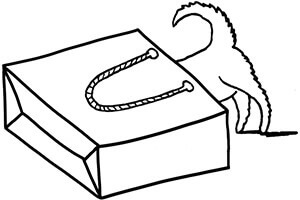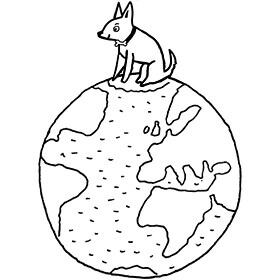-

Your Shopping Bag is empty

The Responsible Choice
Buying antique jewellery is both ethical and eco-friendly as harmful and destructive mining processes are not needed to make an item yours.
Find Out More

 Free Worldwide Delivery
Free Worldwide DeliveryA pretty 15ct62.5% pure gold (or 625 parts pure gold and 375 parts other metals). Popular during the Victorian, Edwardian and Art Deco eras but was discontinued in the mid-1930s. More gold ring that was assayed When the property or concentration of a precious metal is measured. More in Birmingham in 1866. It is composed of a clusterA group of small diamonds or colourful gemstones grouped together to form a cluster, mimicking the look of a larger gem. Often this group can surround a larger center stone. More clawA precious metal prong used to hold a gemstone in place. More set with six well matched cushion cutA square or rectangular cut stone with rounded corners. Also called Antique Cut. More rubies with a naturalA natural stone is called such because it has not been subjected to any treatments. More split pearlNatural pearls are an organic gem formed inside live mollusc shells and come in all shapes and sizes. They are formed as the result of a natural irritant within the mollusc's mantle and as a defence, layers of iridescent nacre form over the top of it, creating a pearl. More in the centre and a tiny split pearl on either side. the shouldersThe point on a ring where the central section meets the shank or band, often carved, decorated or inlaid with small diamond accent stones. More are a lovely scroll motif.
These little rings would have been given as tokens of affection and are as wearable today as they were nearly one hundred and sixty years ago.
The Details

Buying antique jewellery is both ethical and eco-friendly as harmful and destructive mining processes are not needed to make an item yours.
Find Out More


We always stand by our five core principles: Quality, Rarity, Expertise, Peace of Mind and Personal Touch
Find Out More